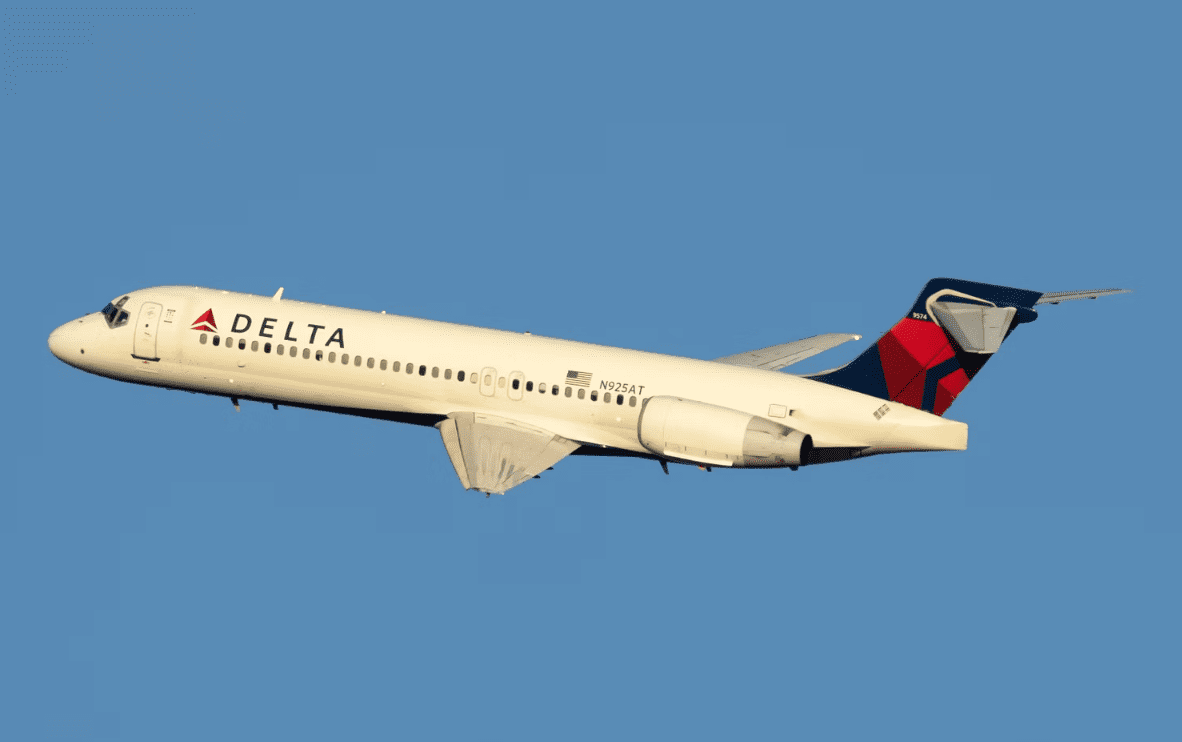A brief guide to the two predominant pilot schedules.

An airline pilot’s week can be very different depending on their schedule. A week in training would include ground school on simulator sessions, or a week on vacation could be spent pretty much anywhere doing anything. For the sake of this short article, a pilot’s week will be kept to operations “on the line” or a regular flying schedule. Line flying generally consists of two models: Out-and-back or overnight sequences.
Out-and-backs
Many pilots prefer out-and-back flying because crew members return to their base after completing their daily duties. Pilots who work for airlines that offer predominately out-and-back flying tend to live in-base because it allows them to sleep in their bed nearly every night of the month. US airlines that offer this type of schedule include (but are not limited to) Allegiant and Hawaiian (island hopping). Other airlines worldwide also provide out-and-back schedules, and pilots with good seniority can bid for schedules that include out-and-backs as part of their monthly assignments.

Photo: Vinceno Pace I Simple Flying
Pilots who fly out-and-backs (also known as turns) have a weekly schedule with flights on three or four days. These days might be consecutive or dispersed throughout the week. An out-and-back flying day might have as few as two flights and as many as eight. This depends on the length of the flights and the airline’s scheduling strategy. Pilots who have families or simply enjoy spending more time at home benefit from this type of flying. Some downsides might be that they do not earn per diem for overnights or accrue hotel loyalty points, but pretty much every pilot with an out-and-back schedule would find these perks of little value compared to spending a lot of extra time at home.
Multi-day trips
The more common short-haul pilot schedule is the multi-day sequence. Airlines’ scheduling policies range from “five on, four off” models to a minimum guarantee of days off in a month. It seems that the most common type of trip for US airline pilots is a three or four-day trip. An easy four-day trip is the 1-2-2-1 format, where each numeral represents the number of flights that day. A more arduous schedule would be a 3-4-2-3 or something similar. Work is generally less demanding, with fewer preflight setups, plane swaps, takeoffs, and landings. The fewer flights, the less chance the plan will change.

Photo: Vincenzo Pace I Simple Flying
An airline pilot’s week is subject to change based on the needs of scheduling and the contract they have with the airline. A hard-and-fast rule (in the US, at least) is that a pilot cannot fly seven straight days. Part 117 of the Code of Federal Regulations rest requirements stipulate that a pilot needs 30 hours of rest in any 168-hour rolling window. This isn’t much of an issue for airline pilots because sequences rarely exceed four days, but cargo pilots’ trips can be as long as a fortnight. On an extended trip, a pilot will have “lost days,” or days devoid of flying, included on their schedule to reset the 30-hour rest clock.
Airline pilots might be home every night during a work week if they fly out-and-backs or be gone on an extended sequence for three or more nights. A pilot’s weekly schedule reflects their preferences to the extent that their seniority allows them to bid for and be awarded the schedule they most desire.
Source: Simple Flying

Warning: Illegal string offset 'cookies' in /home/u623323914/domains/eng.bayviet.com.vn/public_html/wp-includes/comment-template.php on line 2564